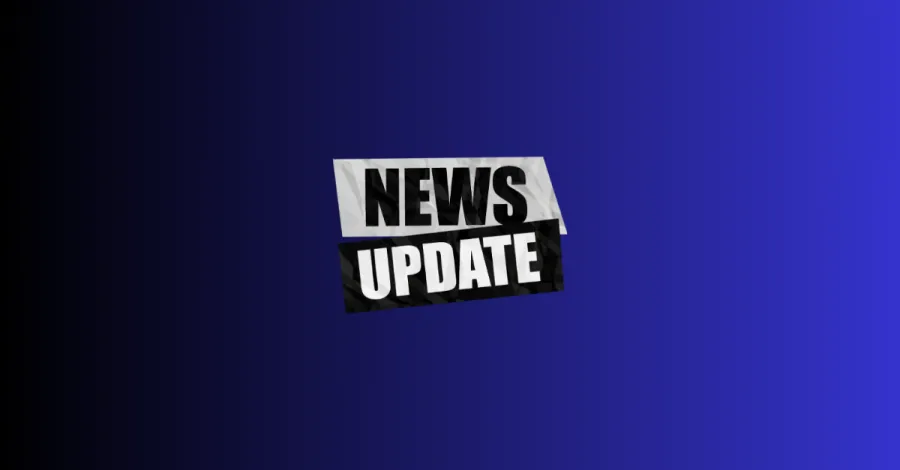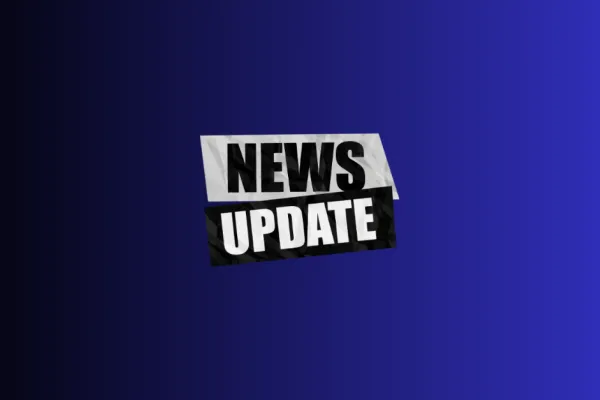DSL on the rise

For much of the world, high-speed internet is delivered via DSL, but in the U.S. more consumers get high-speed Internet access via cable. According to Electronic Design, however, DSL is on the rise domestically:
DSL growth is estimated at 15% to 20% annually, so it's expected to pass cable TV sometime this year as the dominant broadband technology in the U.S. […].
That's all well and good, but the article goes on to raise a larger point:
The Government Accountability Office report last year indicated that only 58% of U.S. households had any sort of Internet access, with 30% using dialup and 28% using broadband (cable, DSL, satellite). Another study from the Pew Internet & American Life Project showed that 42% of U.S. citizens have access to a broadband connection, the majority of whom reside in cities and the suburbs.
Rural areas are really underserved, with only an estimated 25% having any kind of high-speed Internet connection.
And that's using the government's standard of high speed connections--which can be as low as a paltry 200 kbps. The average speed in other countries can be 10 to 250 times faster than that!
Think big. The specific backbone of America's new high-speed infrastructure remains to be seen. Perhaps it will be DSL, but true high-speed connections will likely require that at least some portion is covered by the fiber-optic lines that prevail in super-fast countries like South Korea and Sweden. But before that question can be considered, Americans need to realize that what we consider "high speed" is an order of magnitude behind the rest of the world.
Broadband Brigade members turn out to protect good, union jobs and reliable broadband service
CWA condemns Trump NTIA changes to BEAD funding policies

